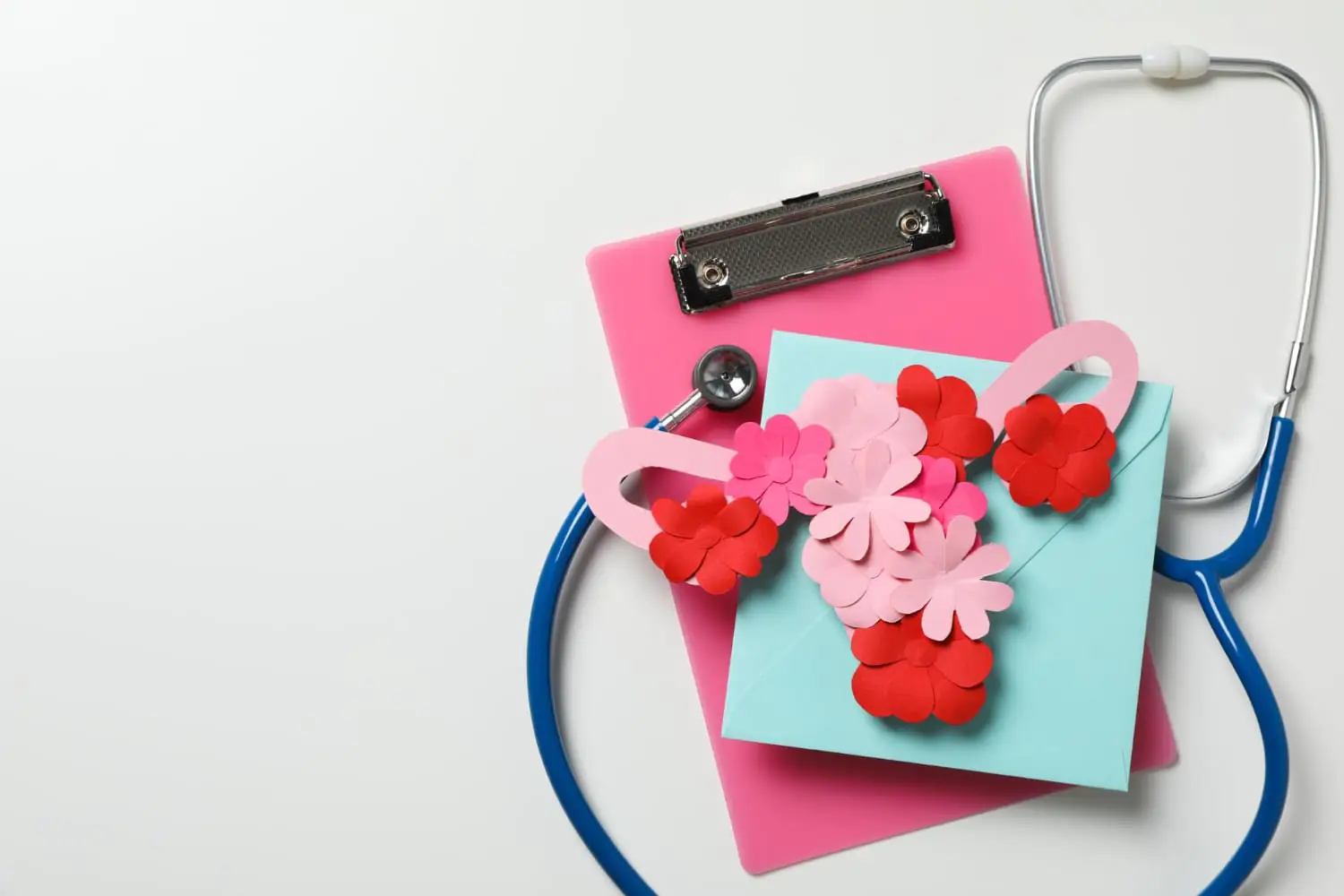Coping with an Attachment Style that Negatively Affects Our Life and Relationships
In addition to the tripartite model of attachment styles (trustworthy, anxious, avoidant), there is also a quadruple model. In this model, internal models are mentioned. First is the model of self; In short, they are the individual’s beliefs about how valuable he is and how worthy he is to be loved. The second is the others model. It is a personal belief that one’s partner will be available and helpful when needed. Bartholomew and Horowitz proposed a fourfold model for the attachment process in adulthood, using the fourfold attachment model developed by the individual to have positive or negative representations about himself and others. According to this model, individuals with a secure attachment style have positive cognitive models of both themselves and others. These people do not have difficulty trusting others, they can easily have a sense of trust, and they are not disturbed by other people’s trust in them. Individuals with a preoccupied attachment style have a negative self model and a positive model of others. These people do not see themselves as worthy of being loved, they have low self-confidence, but on the contrary, they have positive thoughts about others. When we look at the typical characteristics of these individuals, they include dependency, emotionality, need for approval, self-disclosure, while their atypical characteristics include being unemotional, aloof, self-confident and cool-headed. Individuals with a dismissive attachment style have a positive self model and a negative others model. These people do not see close relationships as necessary. Autonomy is important to them. Finally, individuals with a fearful attachment style have negative self and negative others models. Therefore, these people see themselves as worthless and see other people as distrustful and rejecting. They believe that by staying away from social areas, they reduce the possibility of being rejected by others.
In this case, when attachment styles are considered, a positive self-model is associated with high self-worth, self-esteem and feelings of being loved. These feelings are high because the person has positive thoughts about himself. On the contrary, people with a negative self-model have low emotions and have negative thoughts about themselves. Because people with a positive model of others have positive thoughts about others, they see other people as reliable, accessible and ready to help when necessary. On the other hand, people with a negative others model avoid being close to people in their relationships and behave indifferently because they have negative thoughts about other people. It is very important for a person to first be aware of his attachment style and his thoughts. It may help his awareness to consider whether a similar pattern persists in his relationships. At the same time, shifting the model of self and others to a positive direction, focusing on thoughts and feelings of worthlessness, if any, and receiving therapy support when necessary will help the person cope with this.




